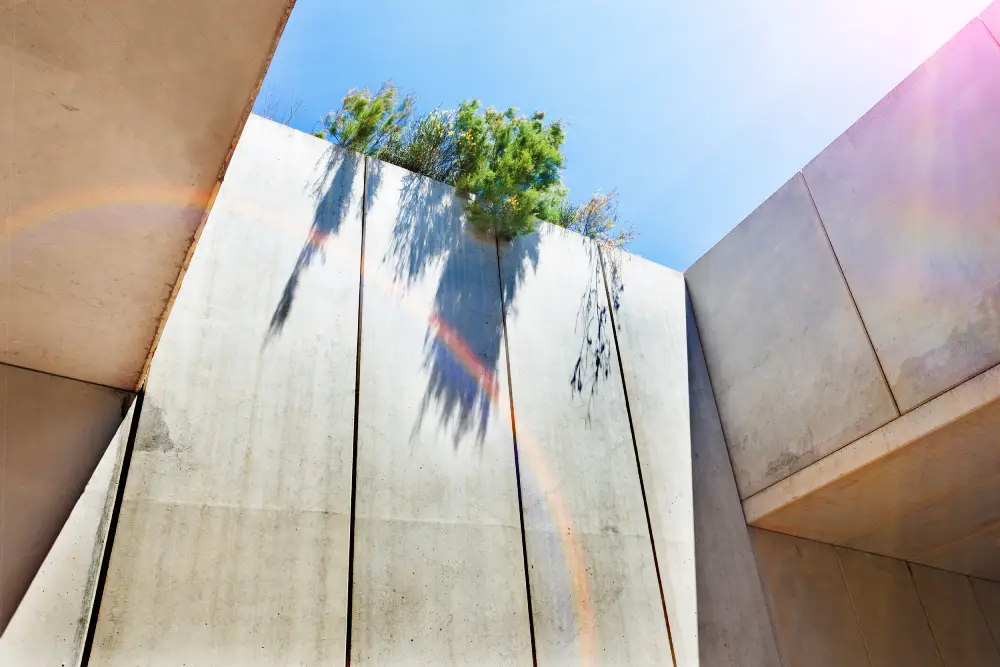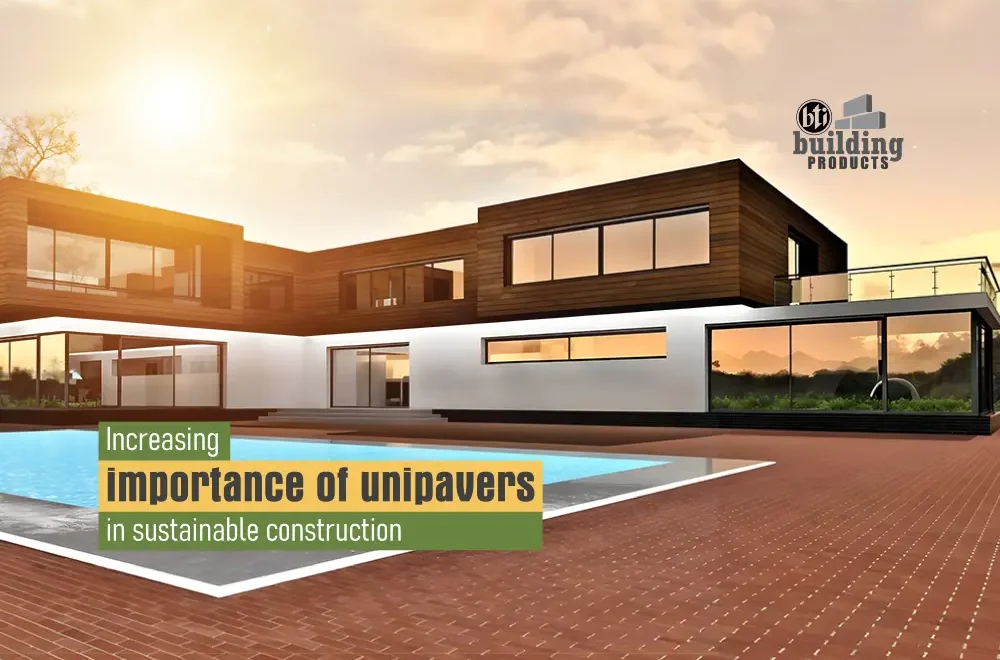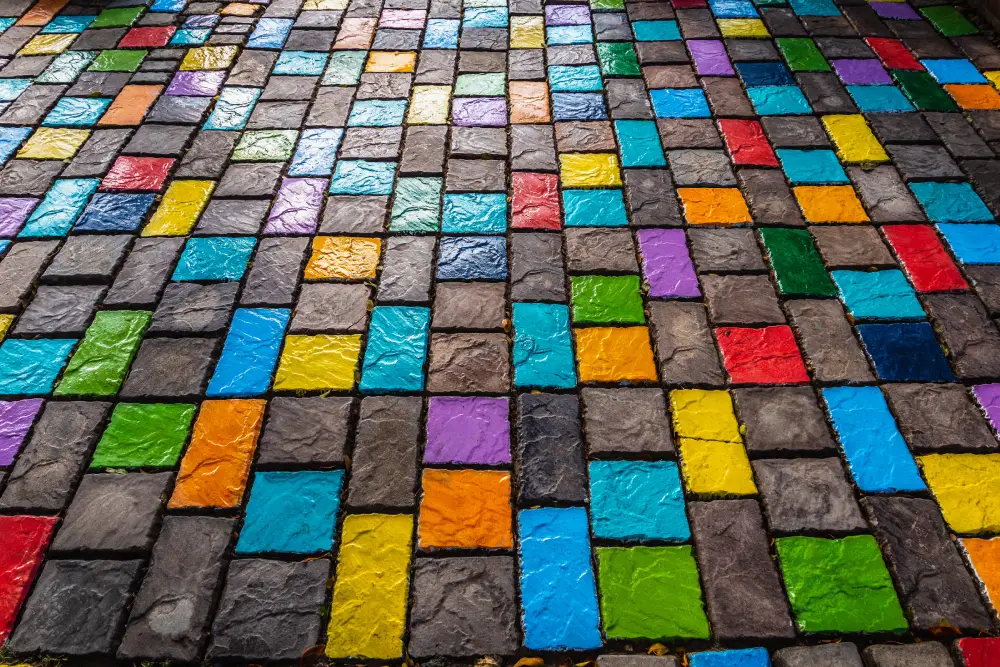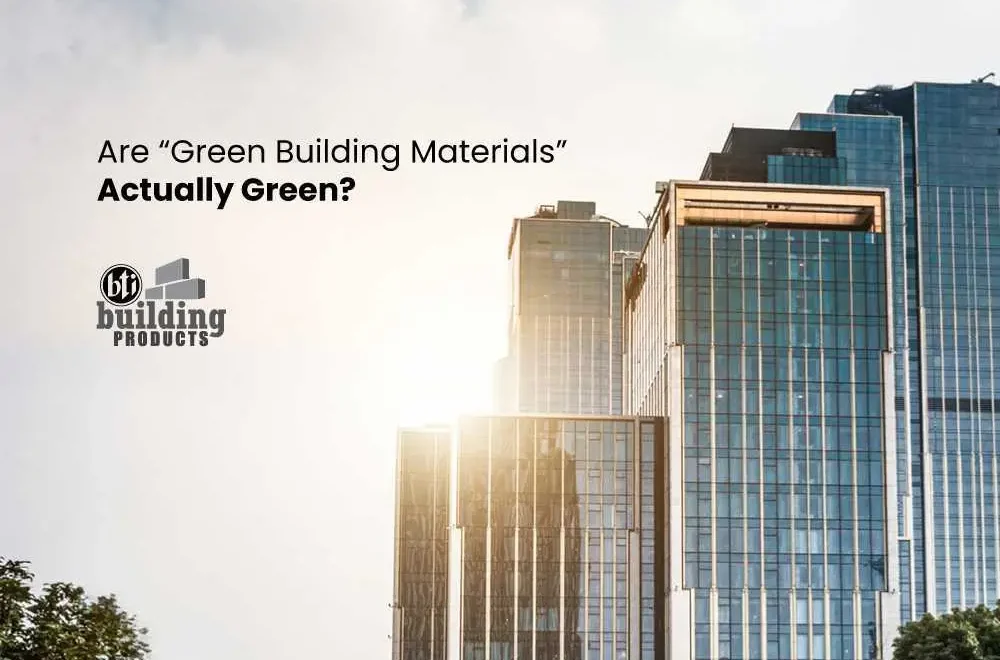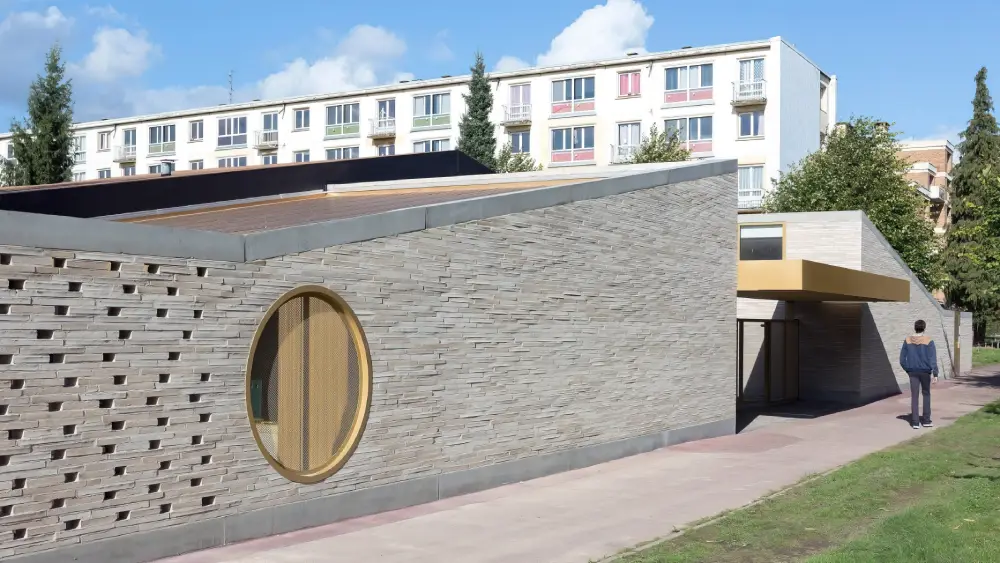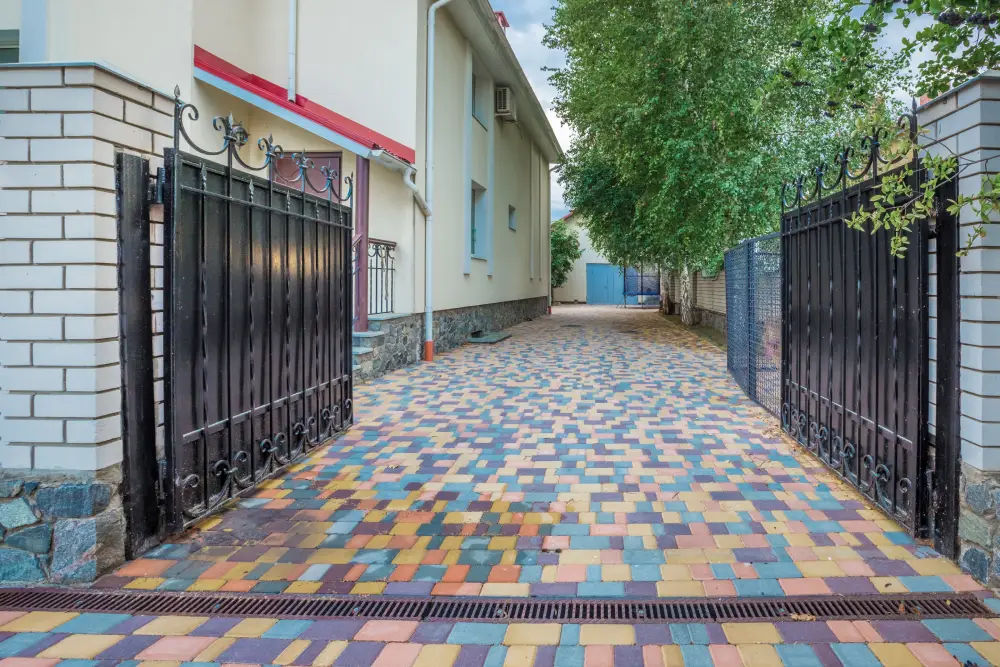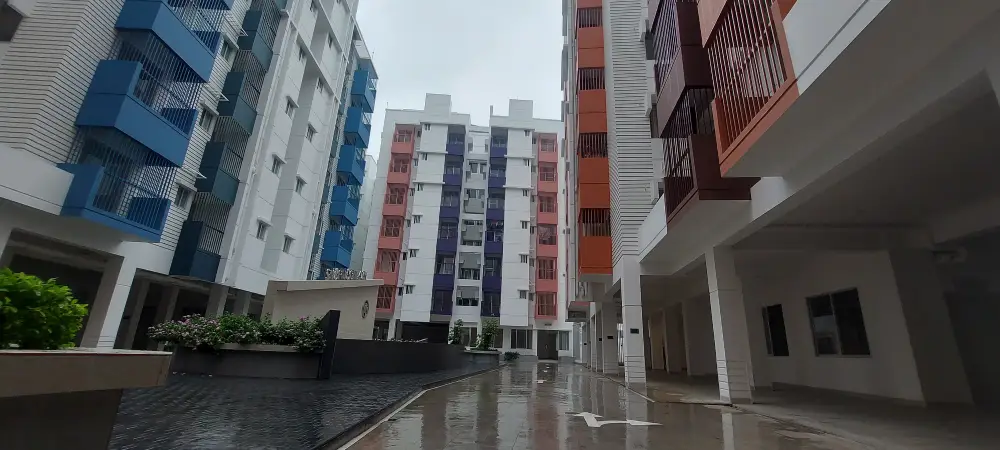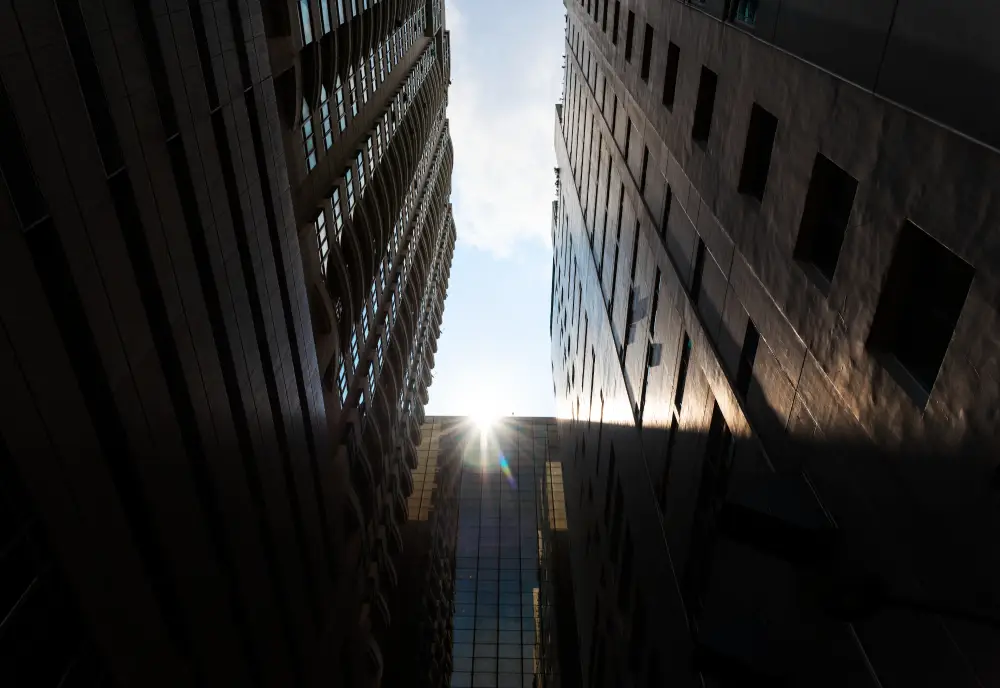Can Building Products Reverse Environmental Damage?
With the global world caught up in the problems of climate change, deforestation, air quality degradation, and resource depletion, the construction sector is under growing pressure to transition to sustainable operations. Historically, building work has had a massive impact on environmental degradation, responsible for about 40% of total carbon emissions resulting from energy consumption and a large percentage of natural resource usage.
But suppose the same industry were part of the solution? Can building materials—so far, villains—be a driver for turning the clock back on environmental damage? The answer is found in the development of new, sustainable building materials and regenerative design philosophies.
Understanding the Environmental Footprint of Construction
First, it is important to learn about the problem. Standard building practices negatively affect the environment in several ways:
Carbon Emissions: Cement production alone generates about 8% of the world’s total CO₂ emissions.
Resource Extraction: Unsustainable mining or excavation of hundreds of millions of cubic meters of sand, stone, timber, and water.
Waste Generation: Construction and demolition wastes contribute to about a third of solid waste globally.
Habitat Disruption: Unchecked development leads to loss of green cover and biodiversity.
Healing this damage requires more than minimizing harm—wants products and systems that restore, renew, and regenerate nature.
What Are Regenerative Building Products?
Unlike sustainable materials that only aim to “do less harm,” regenerative building products improve environmental conditions over time. They are materials and systems designed to:
- Absorb more carbon than they emit
- Increase biodiversity
- Replenish natural resources
- Purify air or water
- Mitigate the urban heat island effect
Let’s examine a few examples and innovations already showing promise in this regard.
1. Carbon-Sequestering Concrete
Traditional concrete is a big contributor to CO₂. However, newer mixes, such as carbon-cured concrete, can trap carbon dioxide as part of the curing process. Two companies, CarbonCure and Blue Planet, are working on technologies that involve injecting captured CO₂ into concrete, where it is forever sequestered.
Not only does this reduce emissions, but it can also make and harden the concrete. In the long term, widespread adoption would result in net-negative carbon buildings.
2. Green Roof and Wall Systems
Green walls and roofs do more than make cities look nice. They can:
- Absorb CO₂ and emit oxygen
- Reduce the temperature of the surrounding area
- Harvest rainwater and curb runoff
- Create bird and pollinator habitats
In high-density urban cities such as Dhaka, the integration of green surfaces within buildings can reduce the urban heat island effect and air pollution.
3. Bamboo and Engineered Timber
Bamboo is one of the fastest-growing plants on Earth that can be harvested at the age of 3–5 years without replanting. The carbon susceptibility of bamboo, speedy regrowth, and biodegradability of bamboo make it the ideal regenerative product.
Similarly, engineered wood products like cross-laminated timber (CLT) are gaining popularity as steel and concrete substitutes for structures. Trees absorb CO₂ throughout their lifecycles, and if cut sustainably, timber buildings can be a good carbon sink.
4. Photocatalytic Building Materials
Certain building materials are being increasingly embedded with photocatalysts like titanium dioxide, which, when exposed to sunlight, help break down air pollutants. For example, self-cleaning concrete or tiles coated with such materials can eliminate NOx gases and other toxic substances from the air, cleaning the air around and within buildings.
While still an emergent technology, this implies buildings that could potentially serve as urban air cleaners.
5. Solar Tiles and Energy-Producing Surfaces
Photovoltaic (PV) panels have long been seen as a way to reduce the use of fossil fuels. More recent building-integrated photovoltaics (BIPVs) such as solar shingles and transparent solar glass are closing the gap between fashion and functionality.
Through the transformation of building surfaces into clean energy producers, these products can potentially reduce dependence on grid electricity and lower the total carbon footprint. A surplus of clean energy that is fed back into the grid will contribute to lowering national emissions indirectly.
6. Recycled and Upcycled Materials
Using recycled steel, plastic composites, fly ash bricks, or reclaimed wood not only saves resources but also diverts waste from landfills. Upcycled materials—those transformed into products of higher value than the original—offer a creative solution to reduce the construction industry’s environmental burden.
In Bangladesh, the use of fly ash from power plants in brick production or the use of recycled concrete aggregates can be both cost-effective and environmentally beneficial.
7. Hollow Blocks and Thermal Insulation
Lightweight hollow blocks, especially when locally produced, reduce raw material usage and improve thermal insulation in buildings. Less energy is required to cool or heat spaces, which in turn reduces operational emissions.
Companies that manufacture these blocks using environmentally conscious processes (such as low-energy kilns or recycled content) further amplify their positive impact.
The Broader Transition To Regenerative Design
Though regenerative building materials are a beginning, they function best as part of a broader regenerative design philosophy. This includes:
Whole-system thinking: Taking into consideration the material’s life cycle and its impact on the environment.
Net-positive impact: Developing in a manner that gives back more to the environment than it takes.
Biophilic design: Creating buildings in such a way that they reconnect people with nature.
Throughout the globe, architecture companies are beginning to design “living buildings” that generate power, treat wastewater in situ, and cultivate the surrounding ecosystems. With the right policy support and public education, these trends can go mass-market, even in rapidly developing countries such as Bangladesh.
Can Building Products Alone Reverse Environmental Damage?
While no single product can undo centuries of ecological degradation, building materials can be an essential component of the broader path toward ecological renewal. With sustainable planning, renewable power, waste reduction, and community engagement, regenerative building products can help cities:
- Decrease carbon emissions
- Improve air and water quality
- Preserve natural resources
- Construct urban resilience
That is, structures, if purposefully constructed, can transform from contributing to the problem to being part of the solution.
The construction sector stands at a crossroads. As the world population grows and urbanization progresses, the materials we choose today will be the benchmark of our environment’s health tomorrow. By embracing regenerative and innovative building products, we’re not just building better buildings, we’re building a better world.










